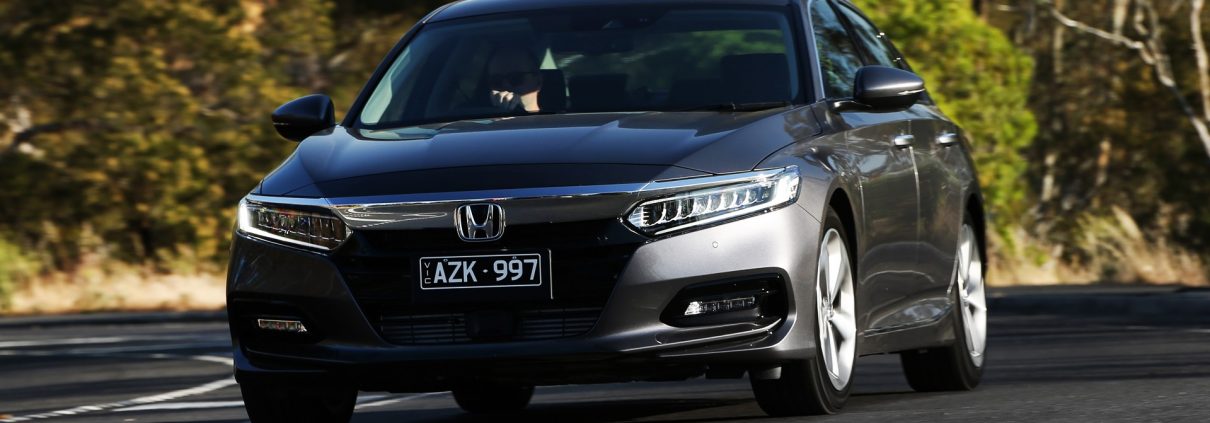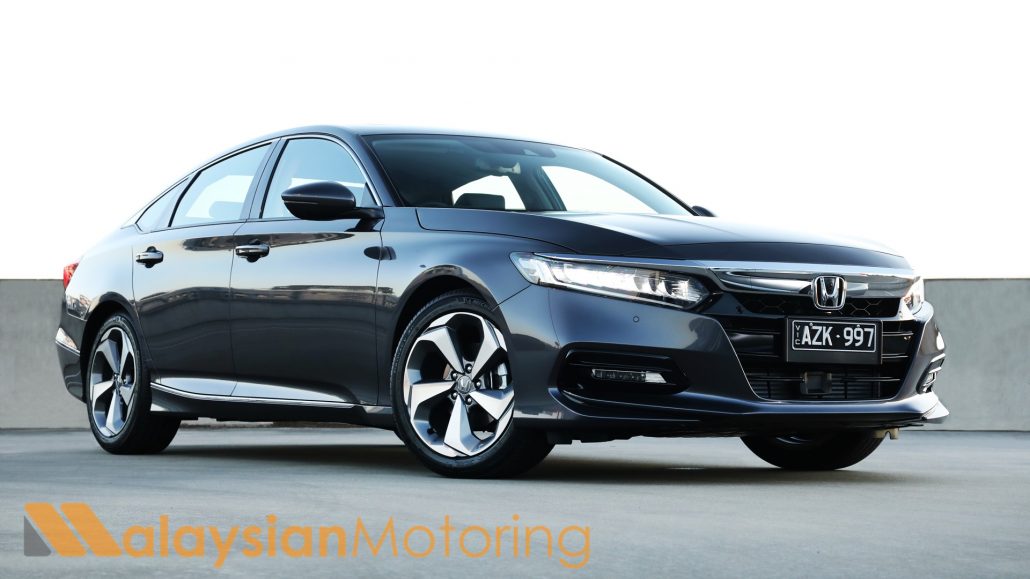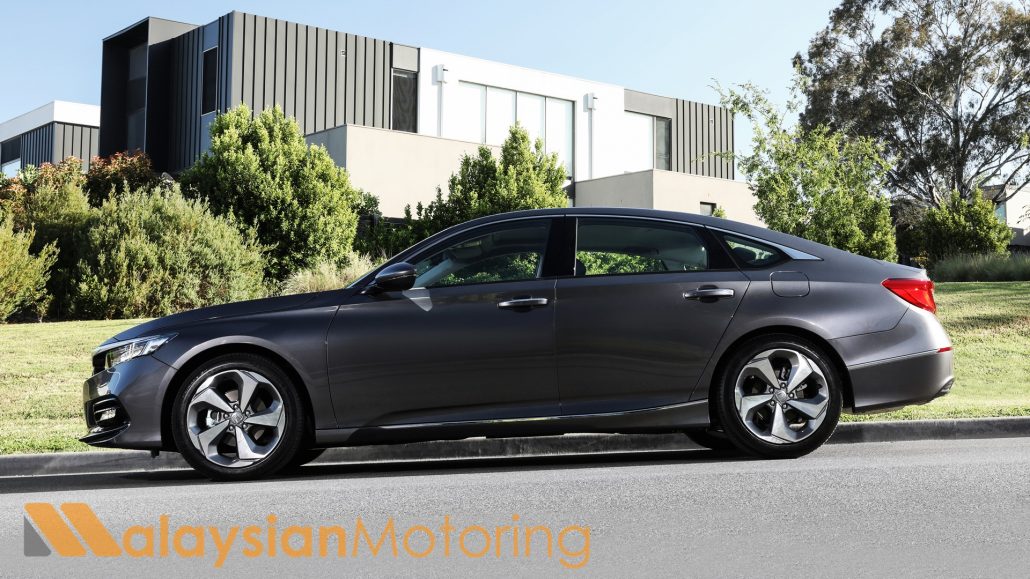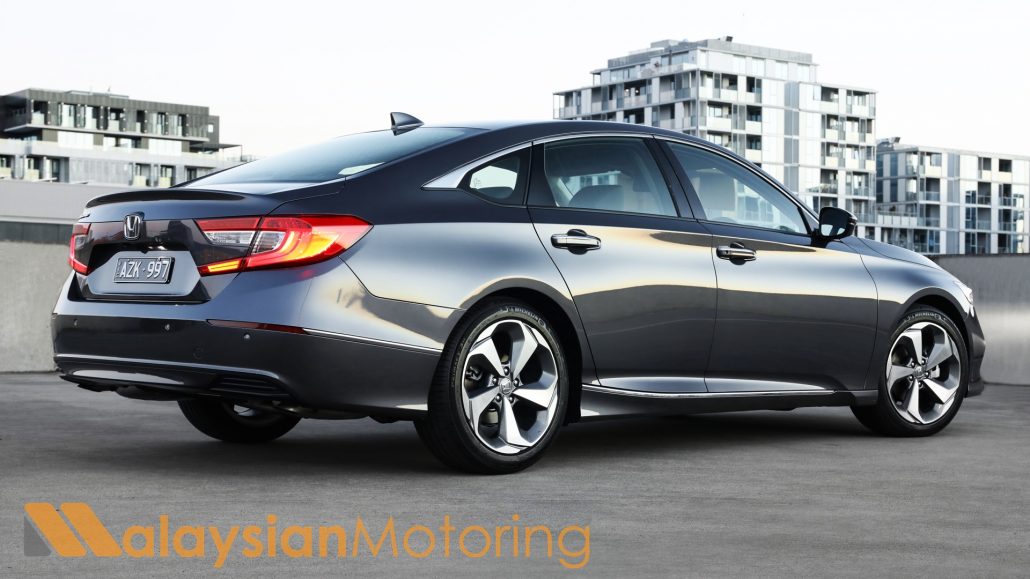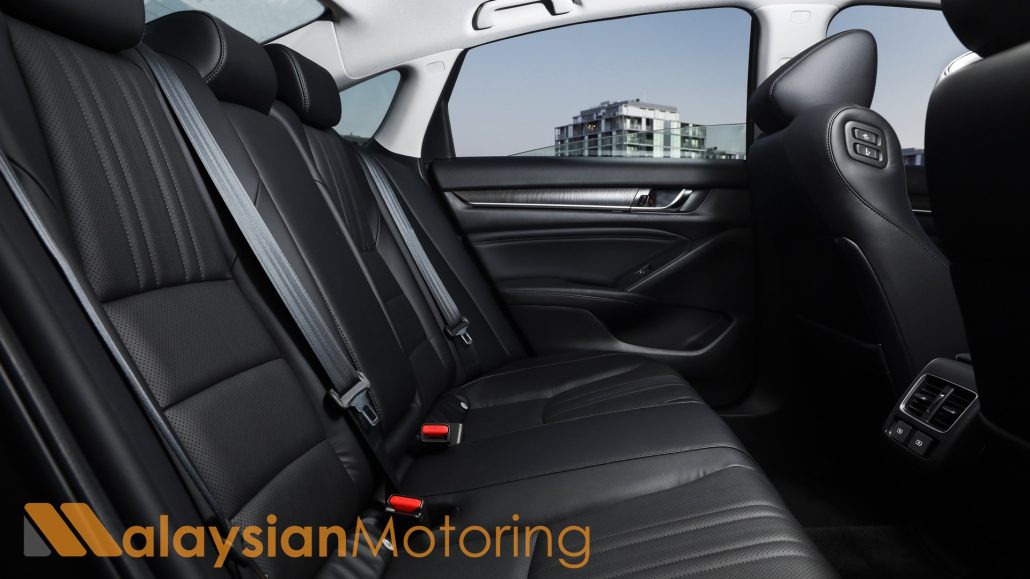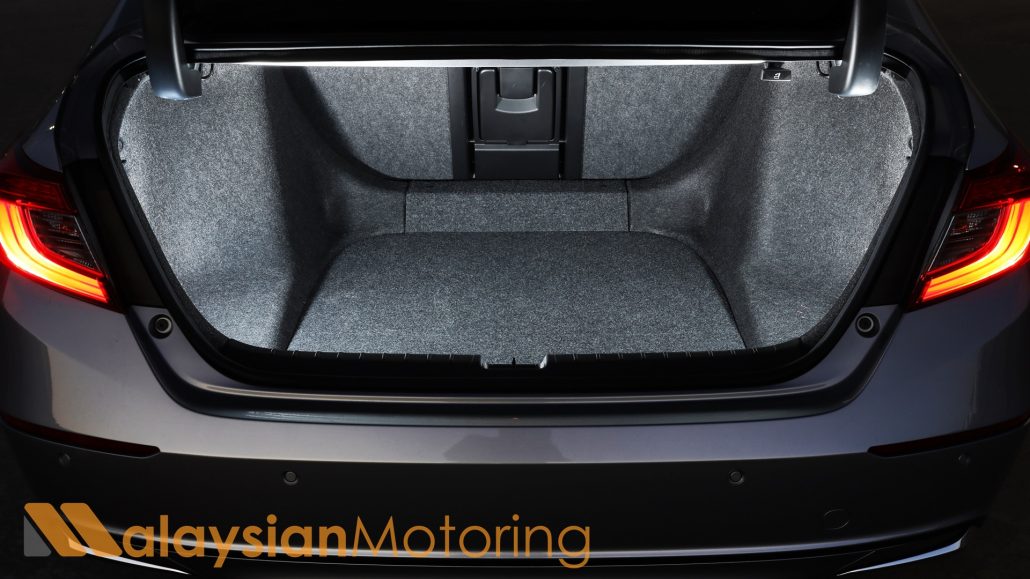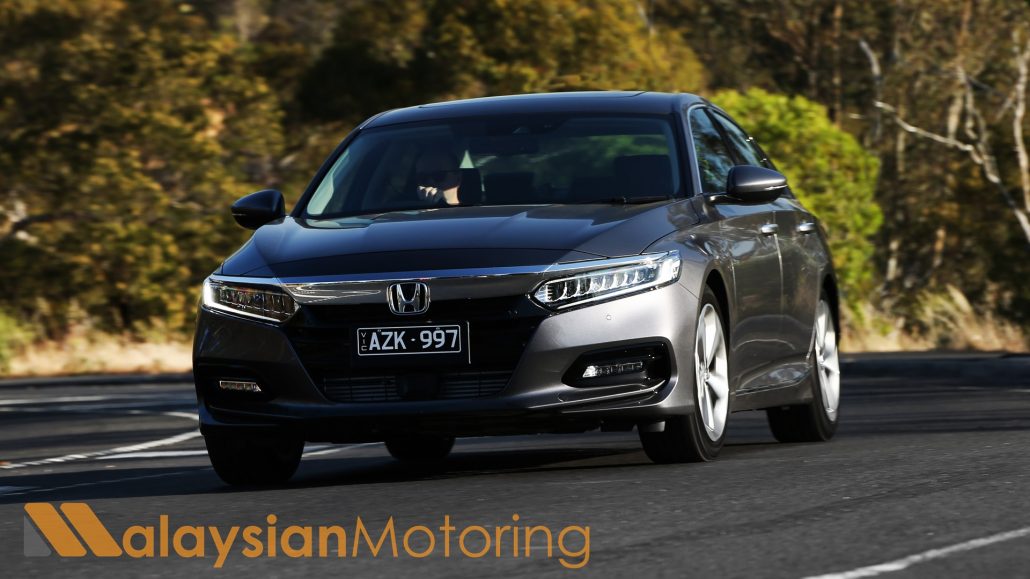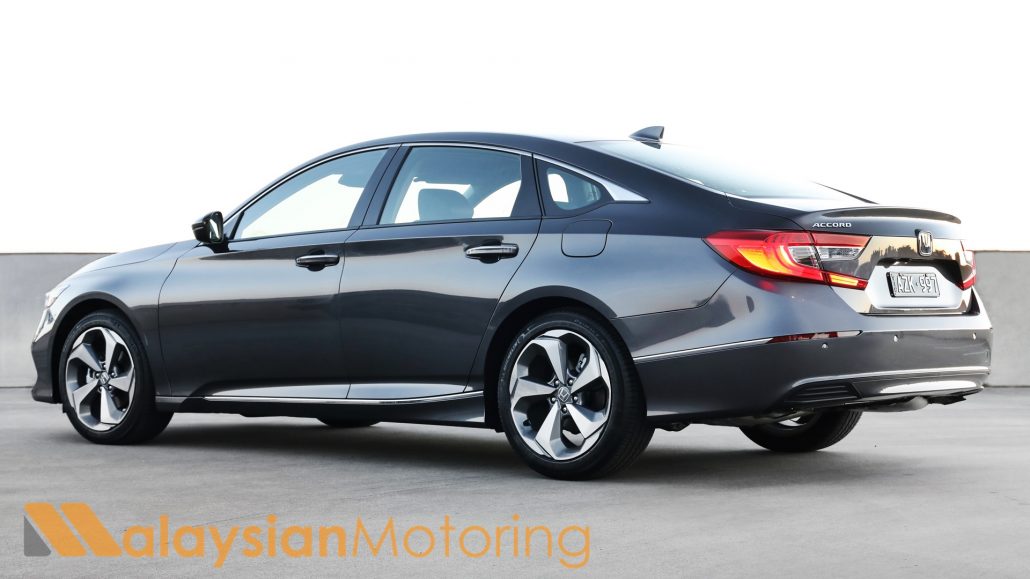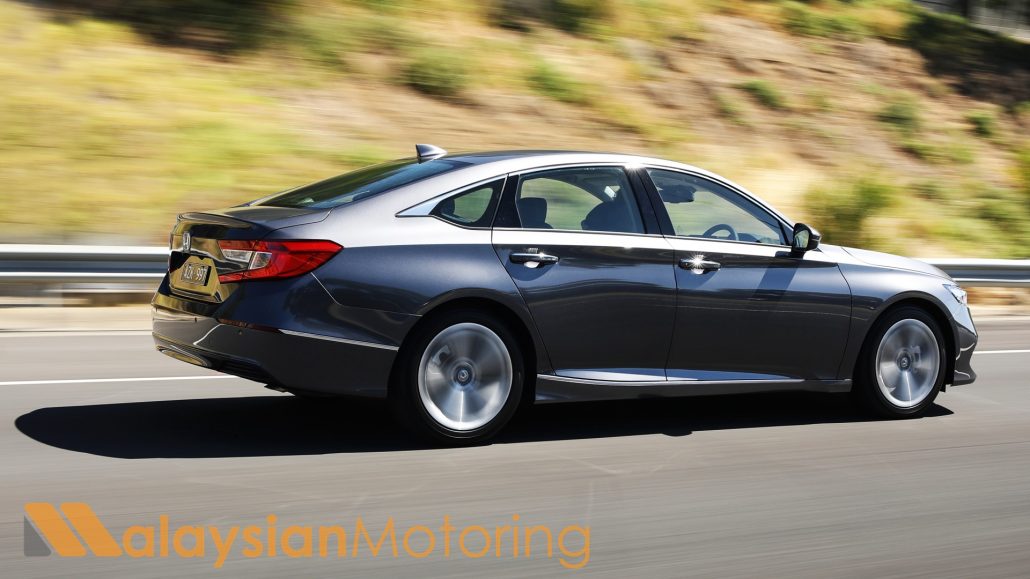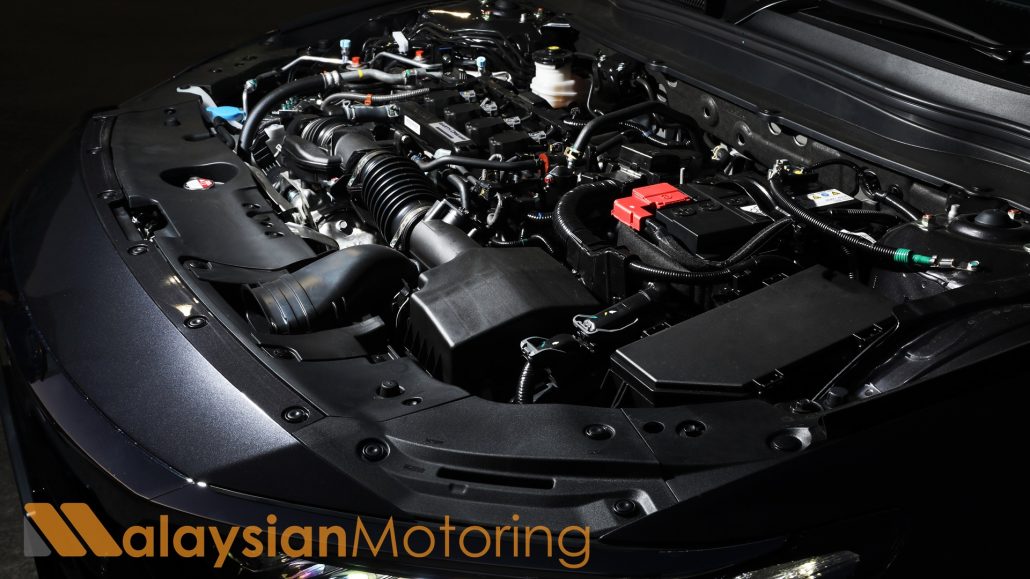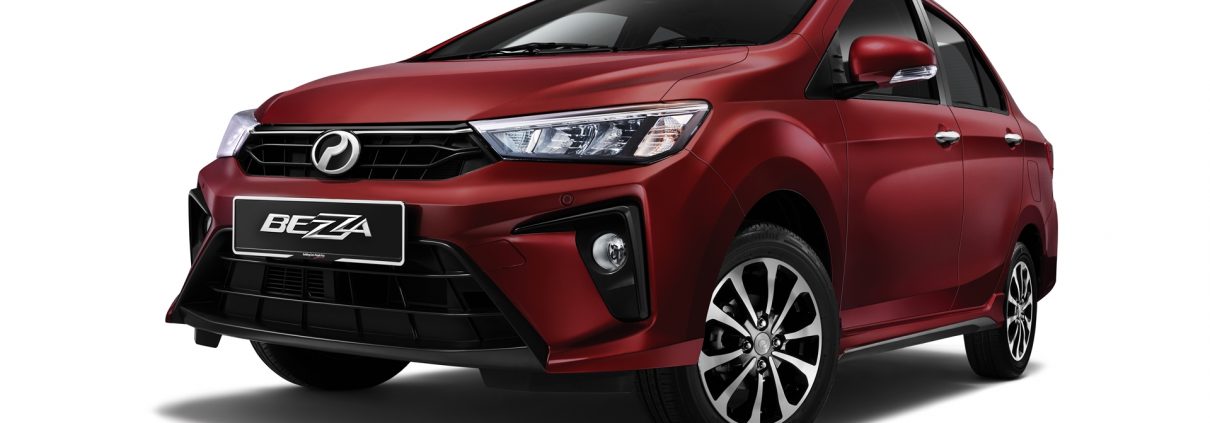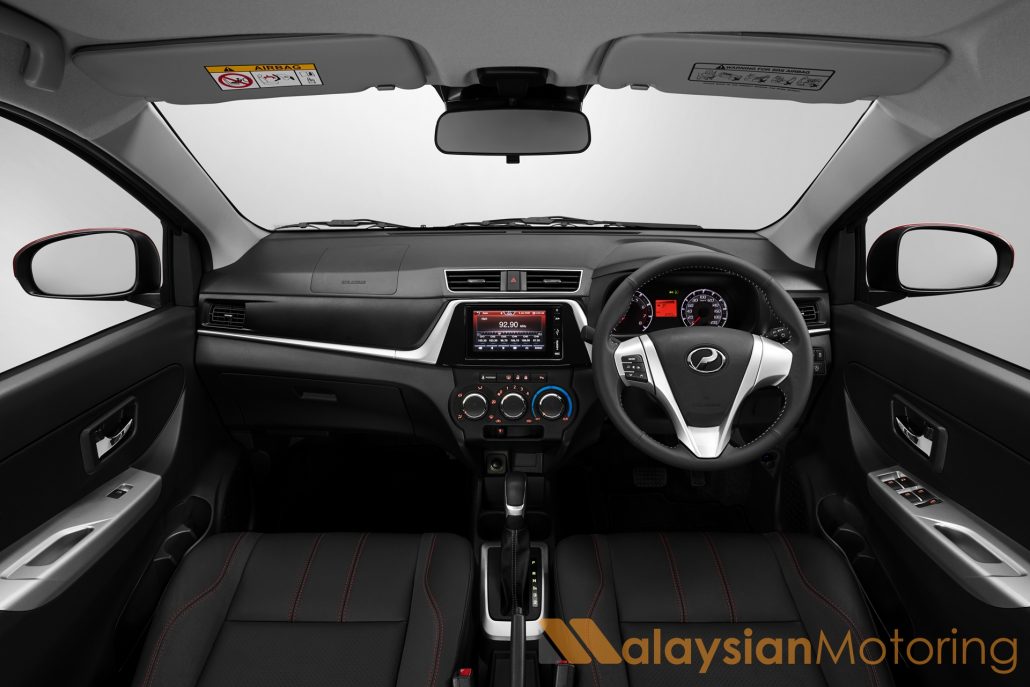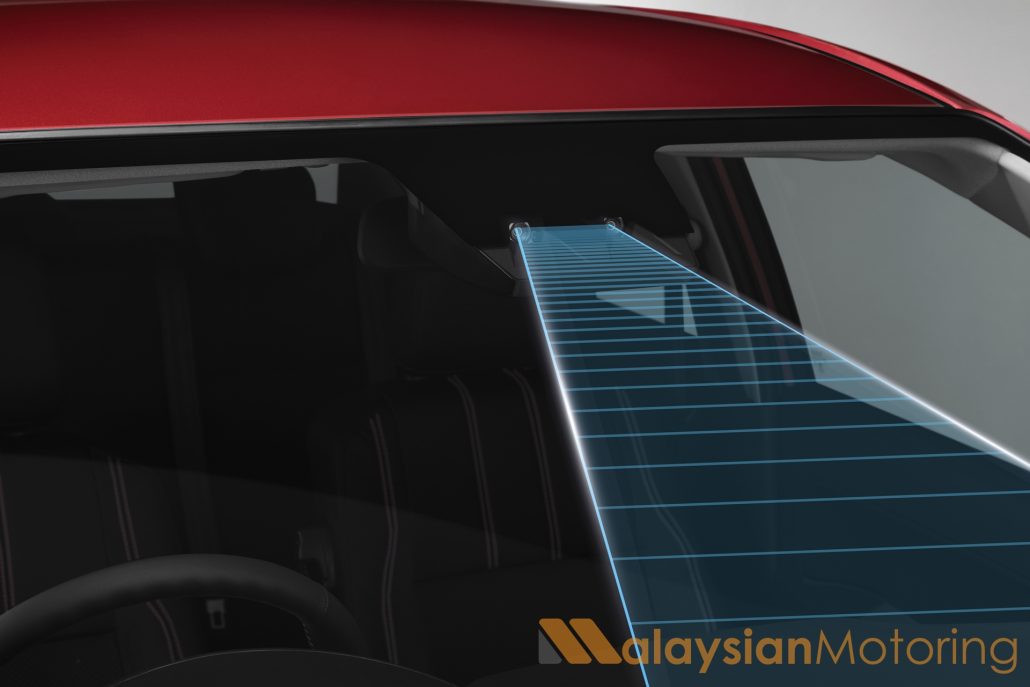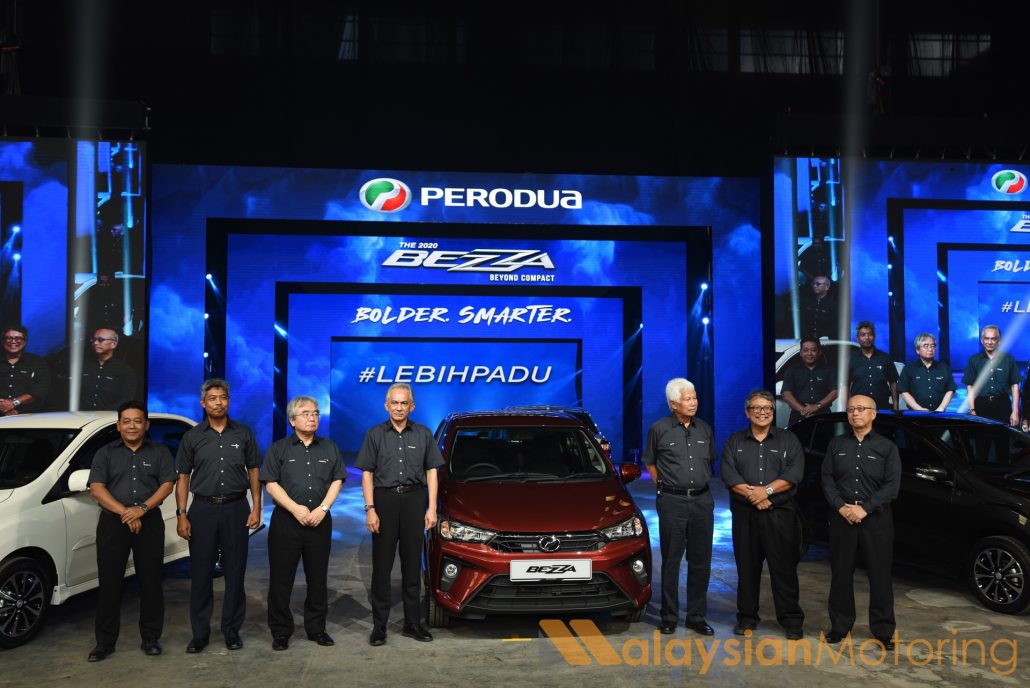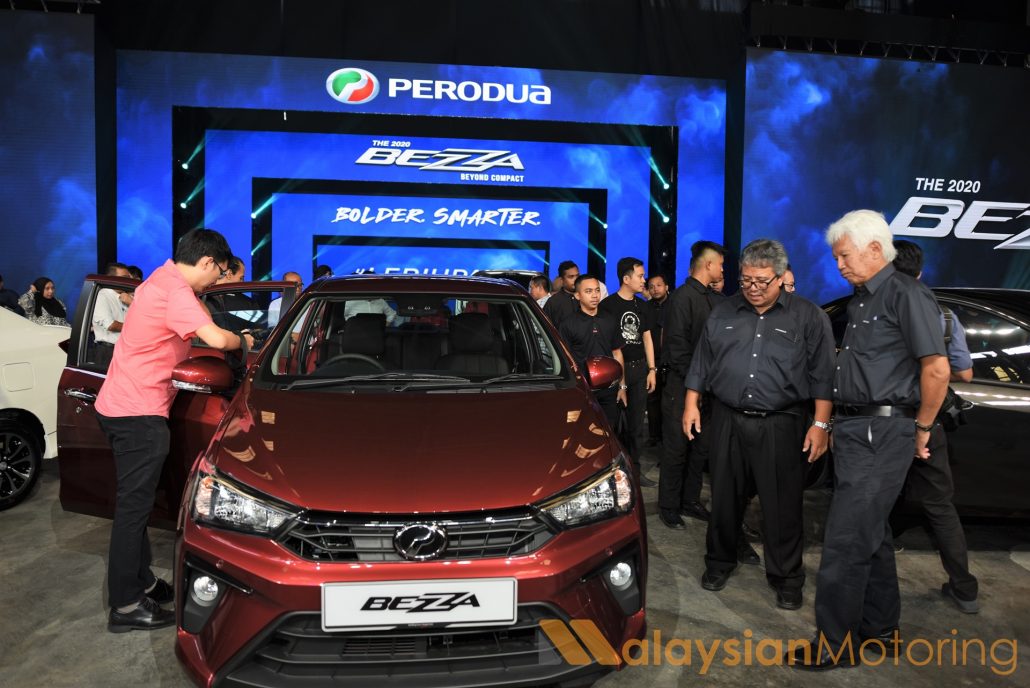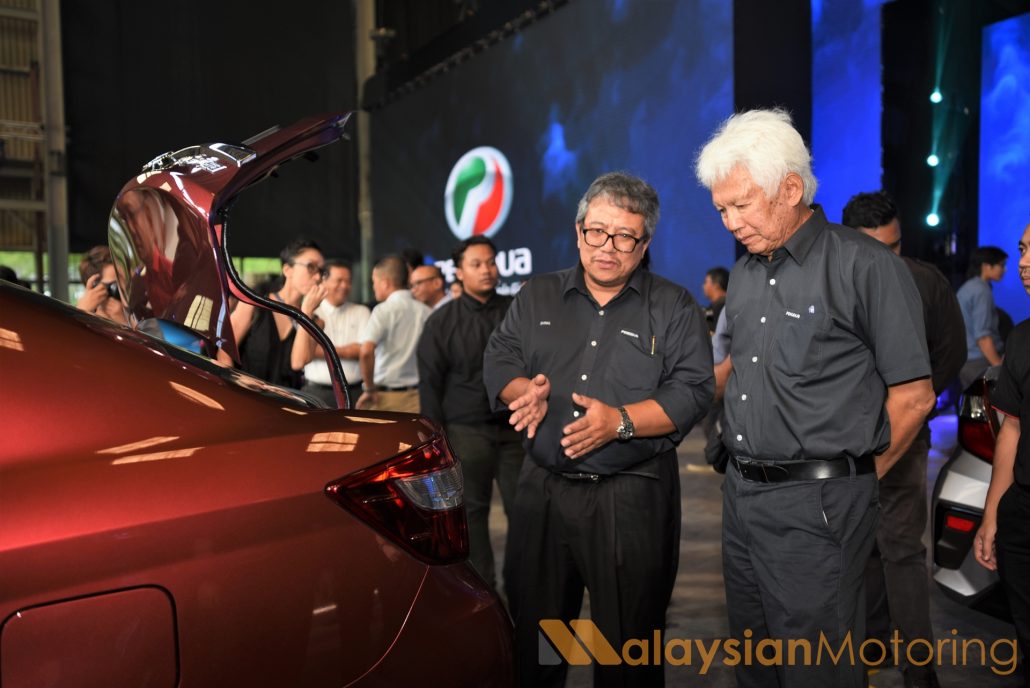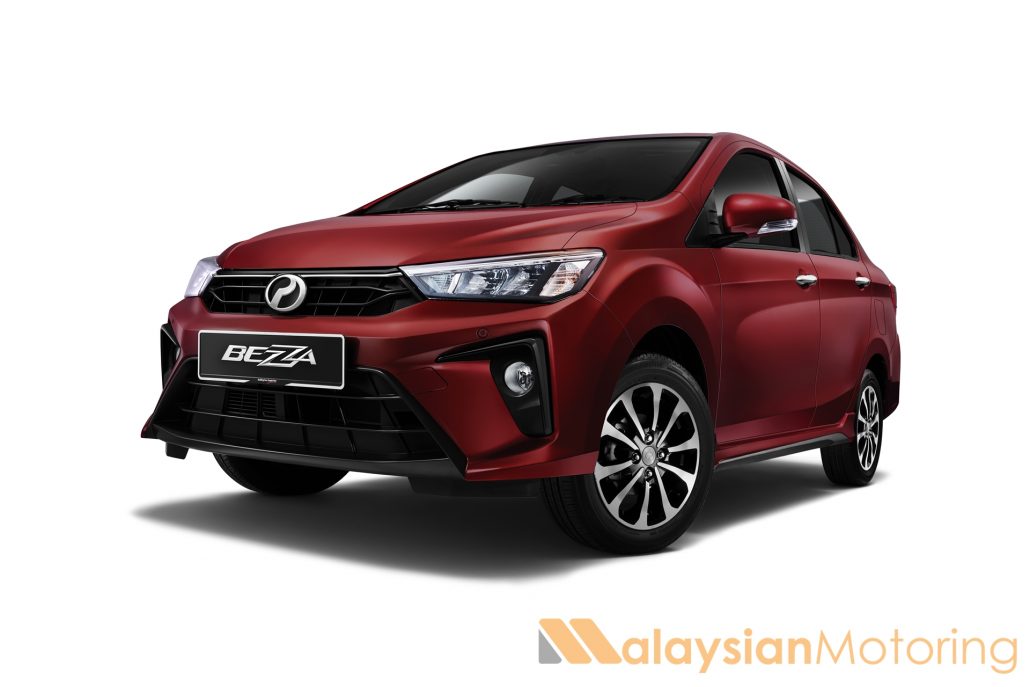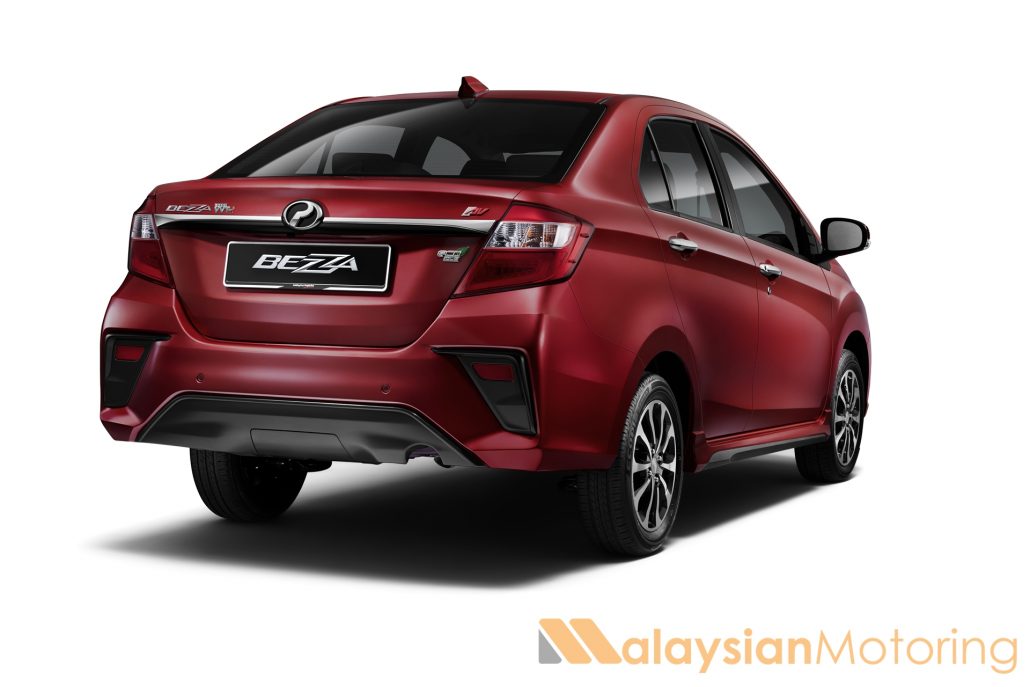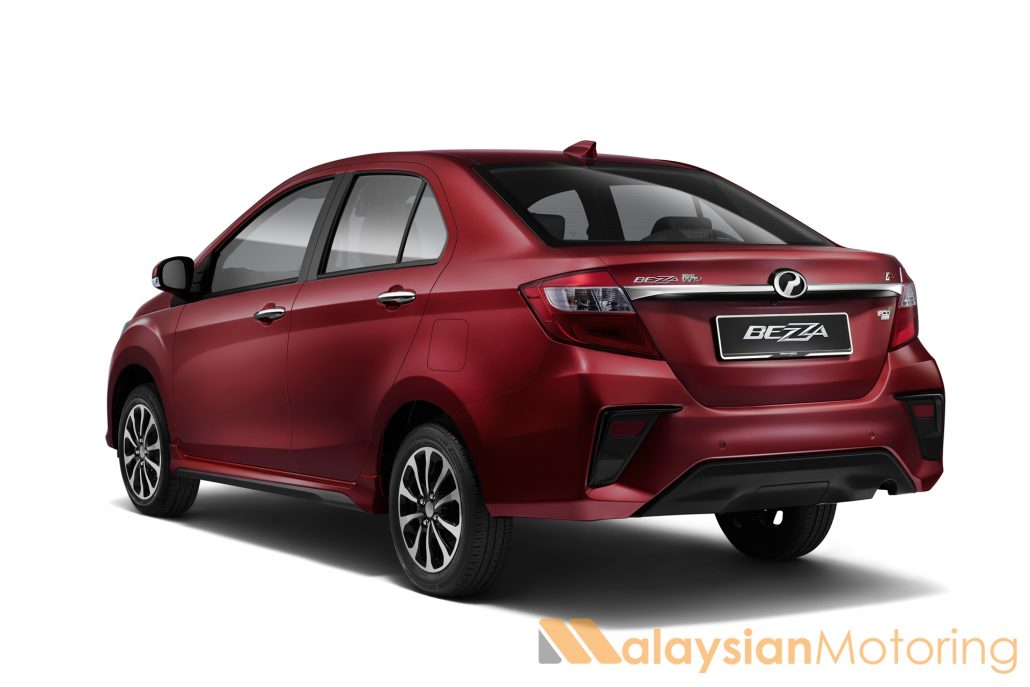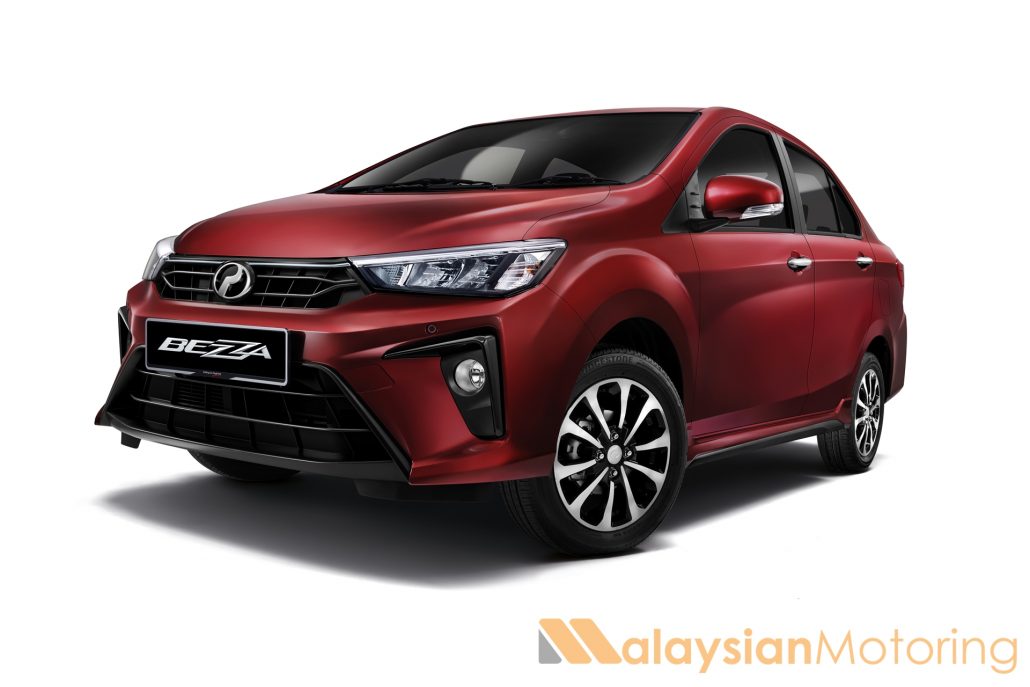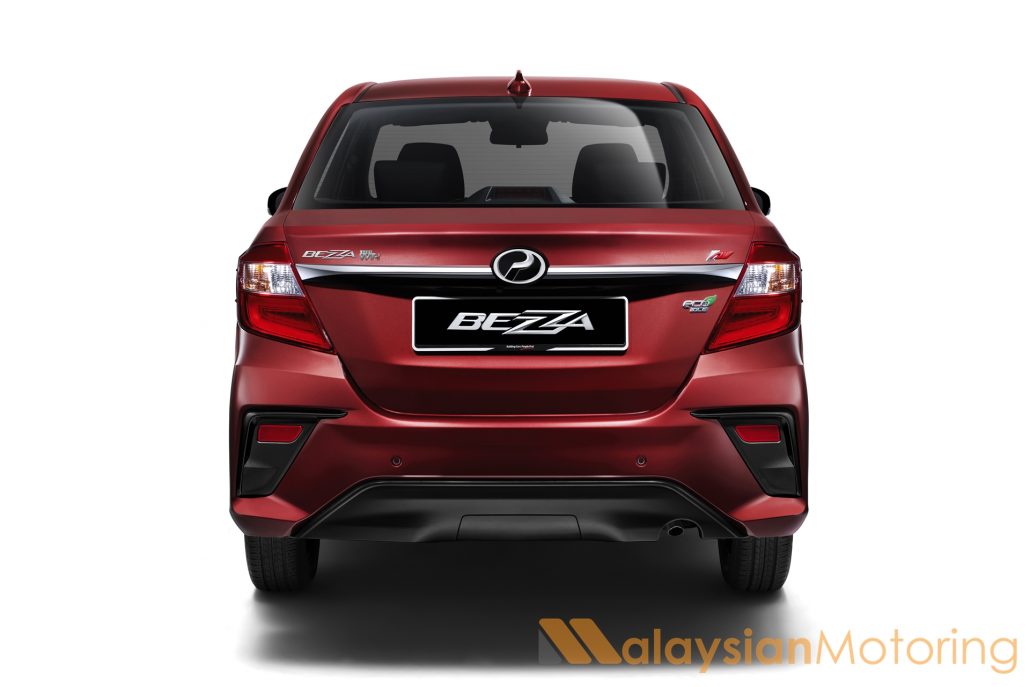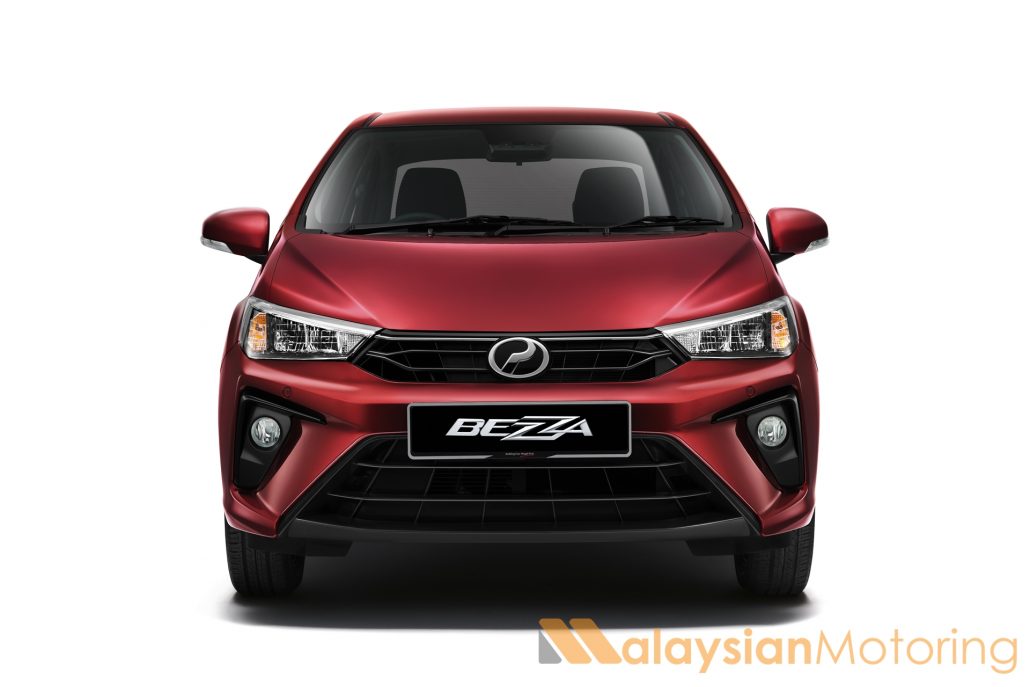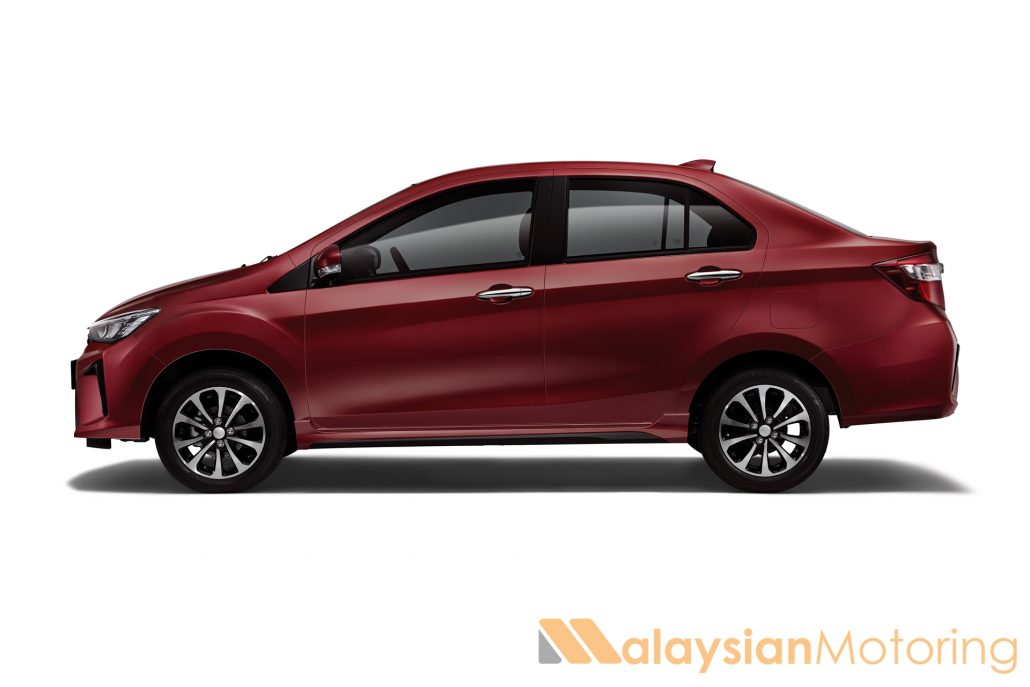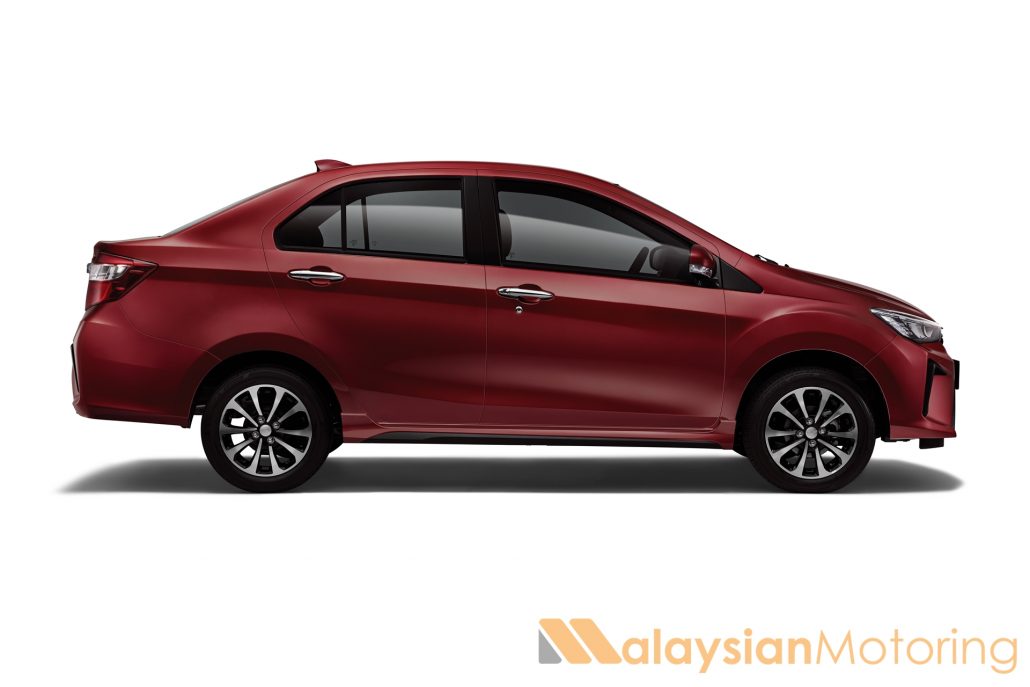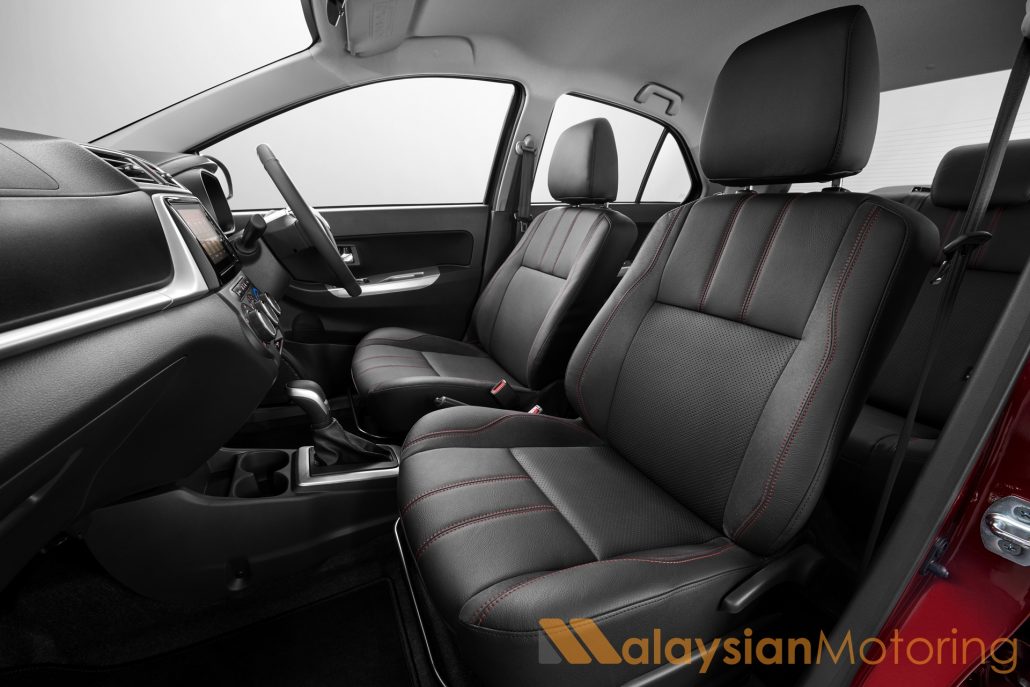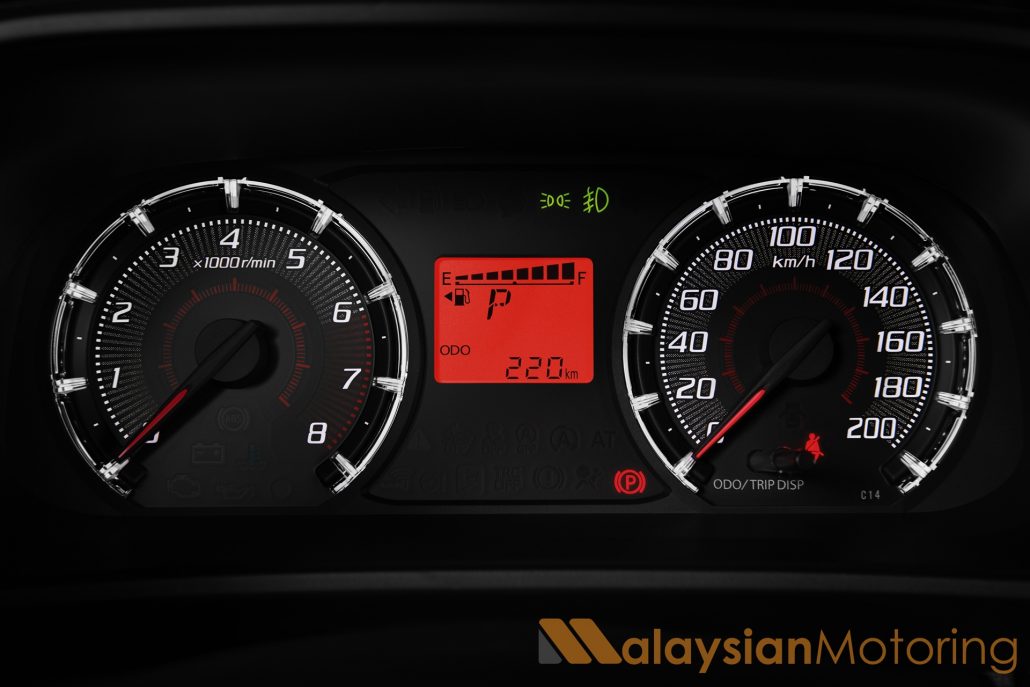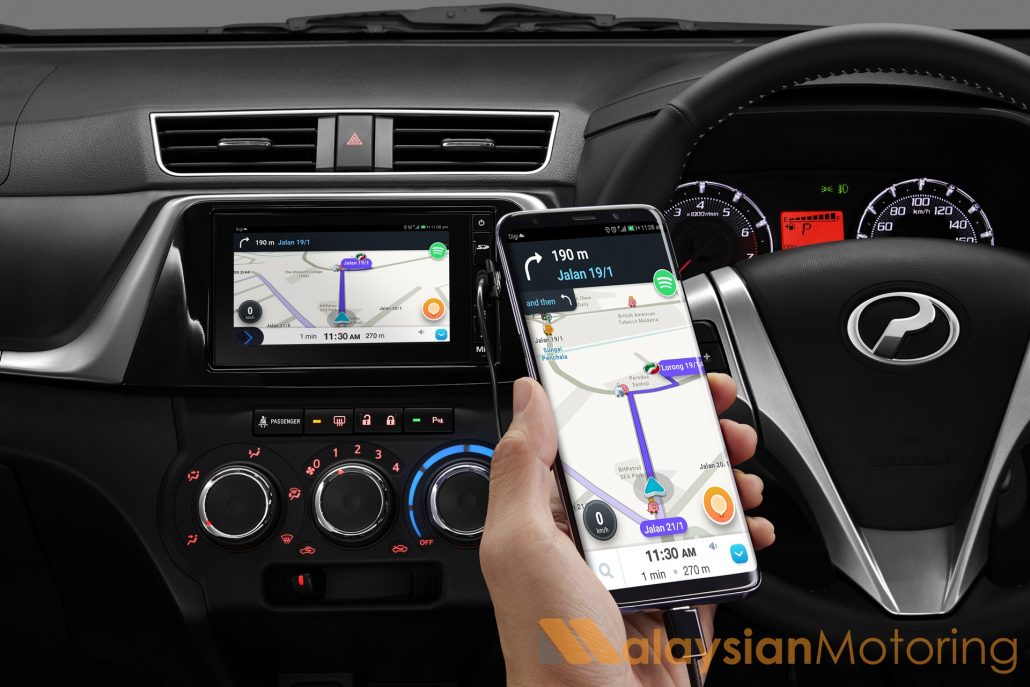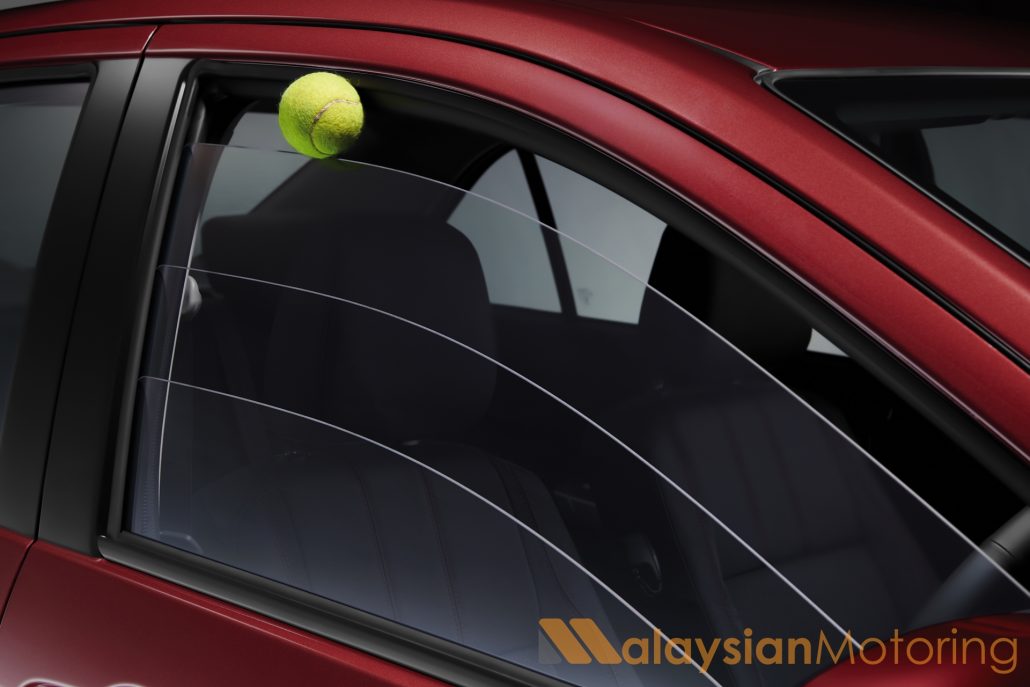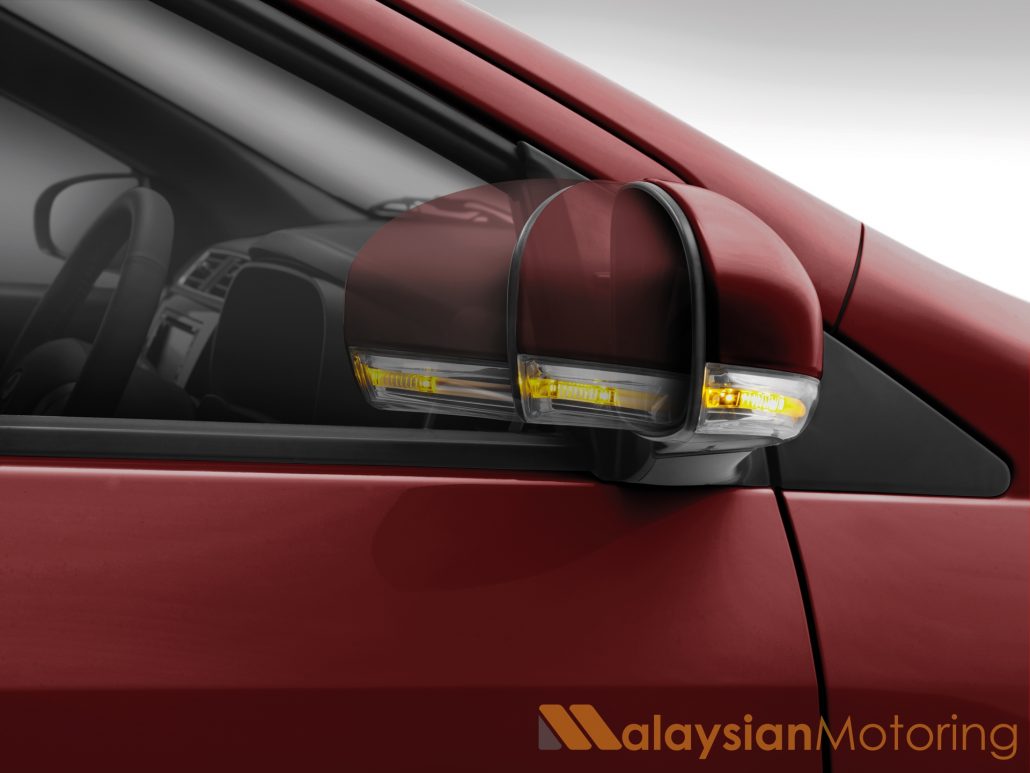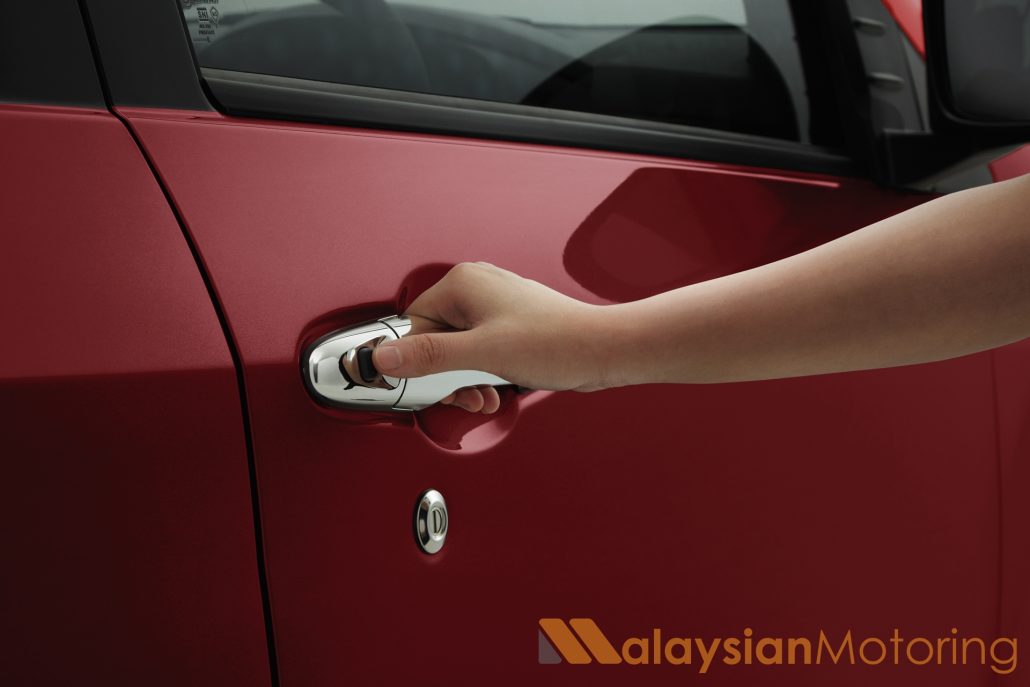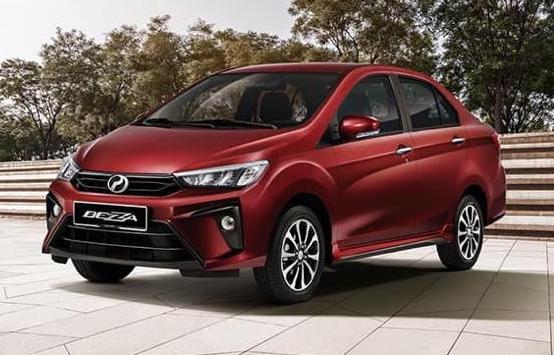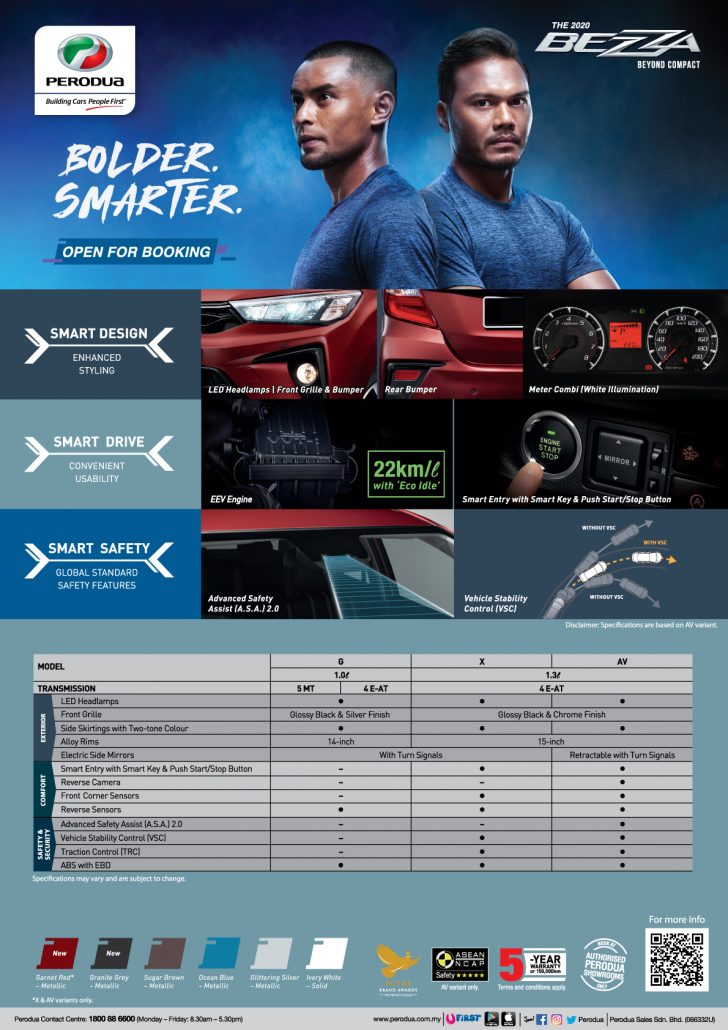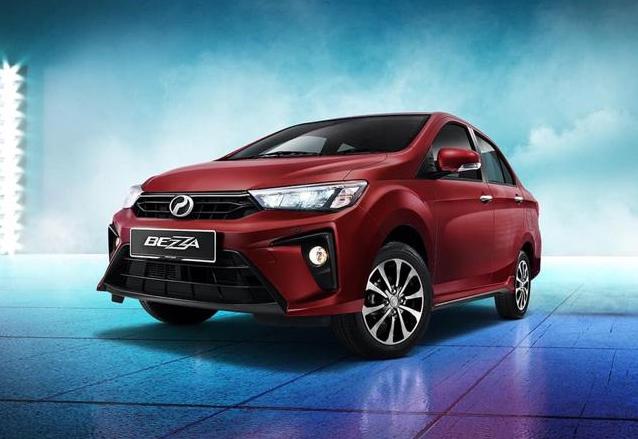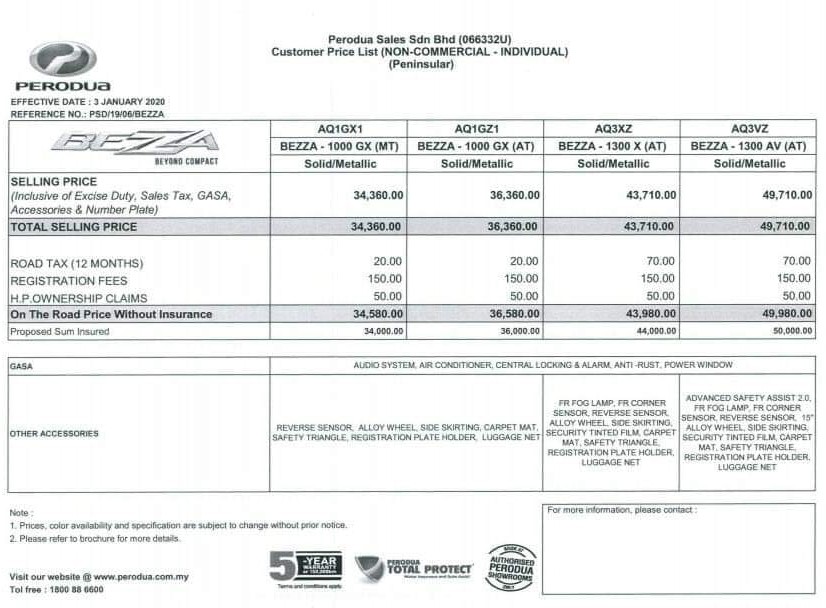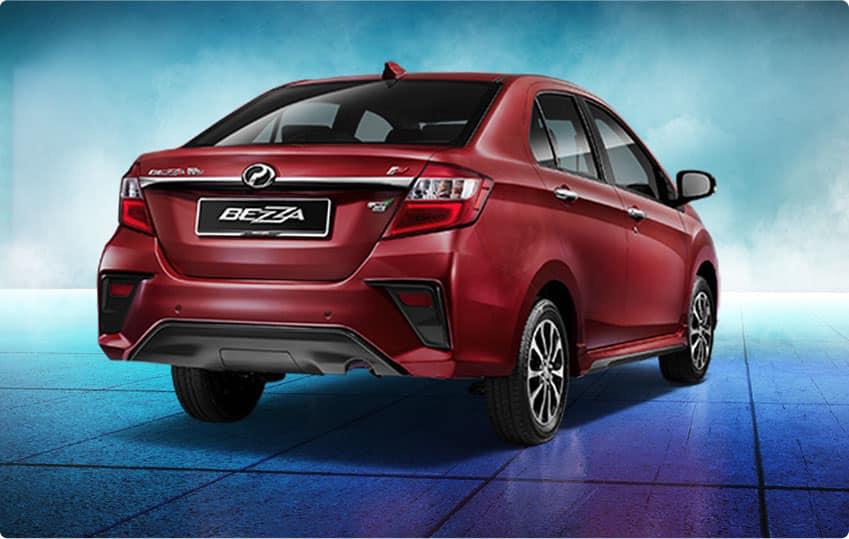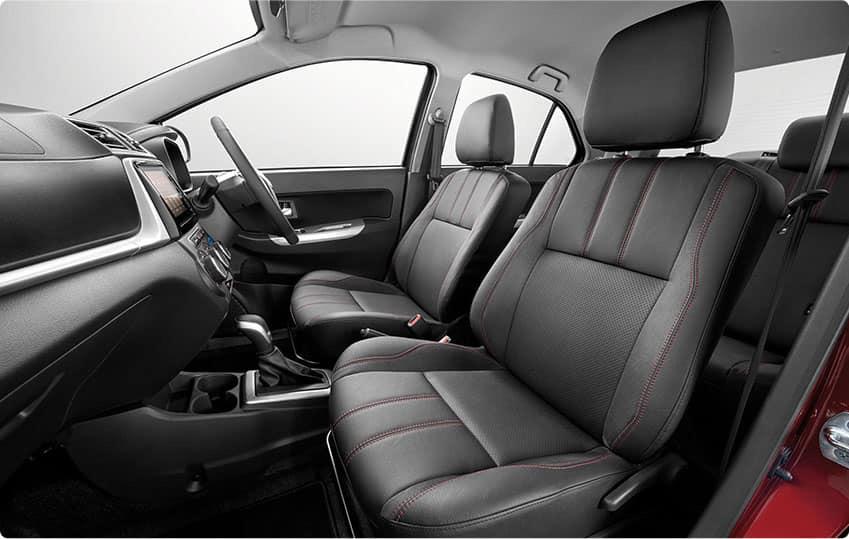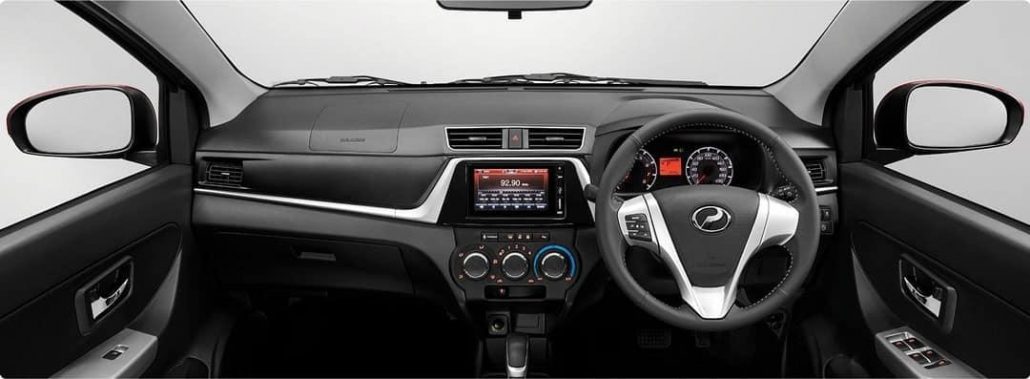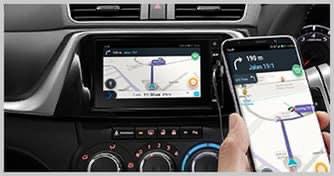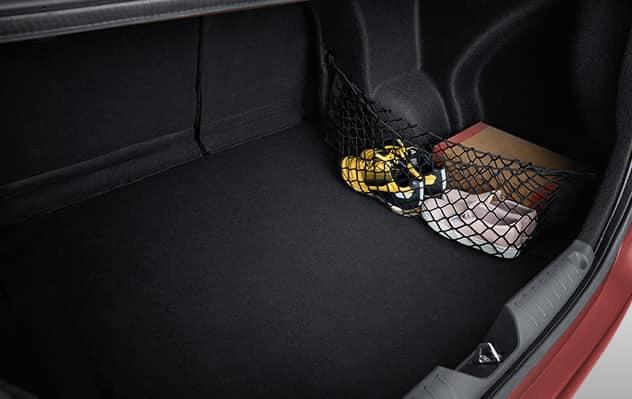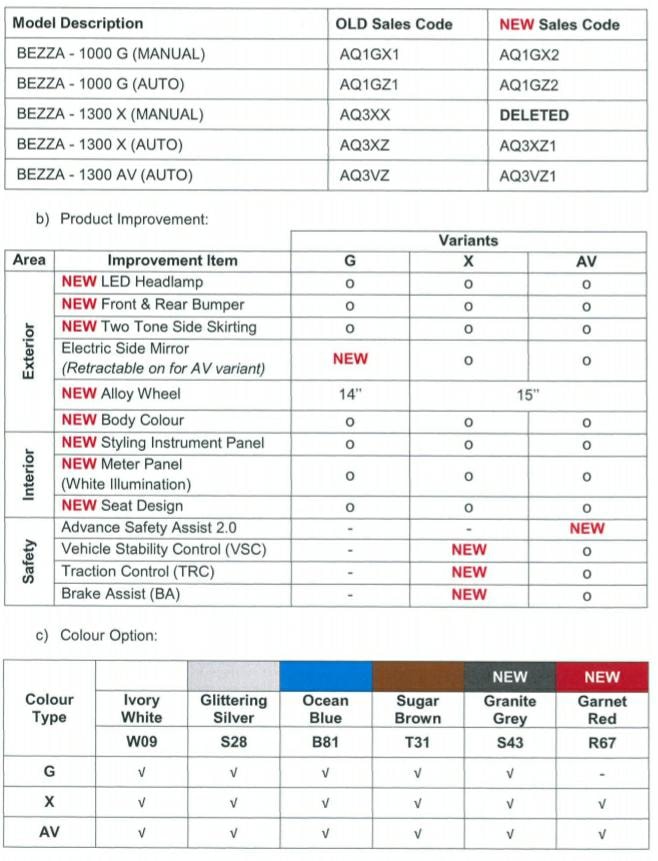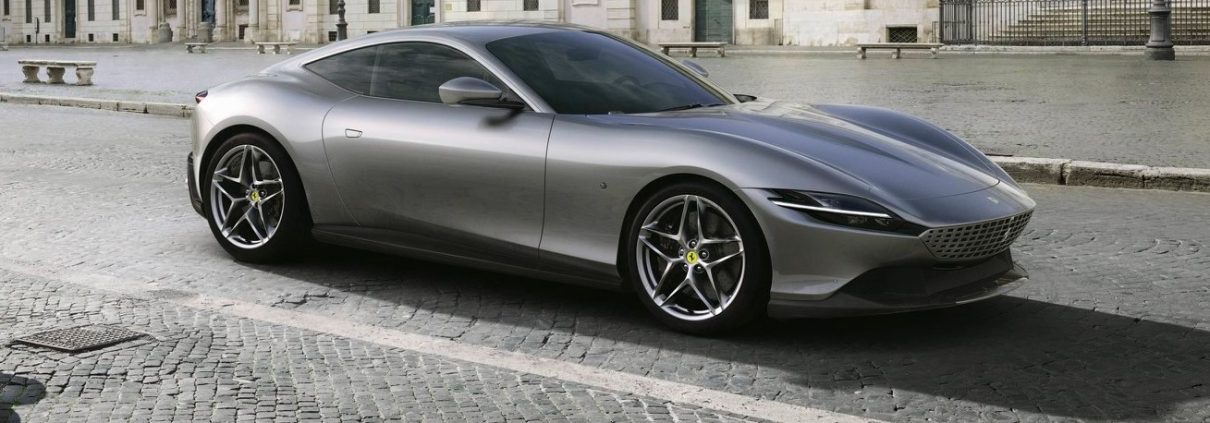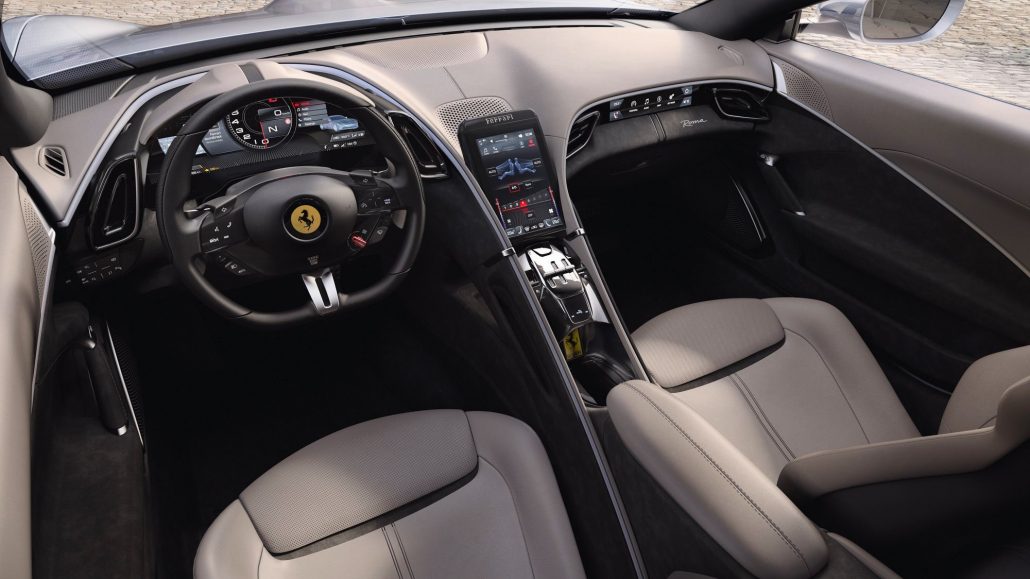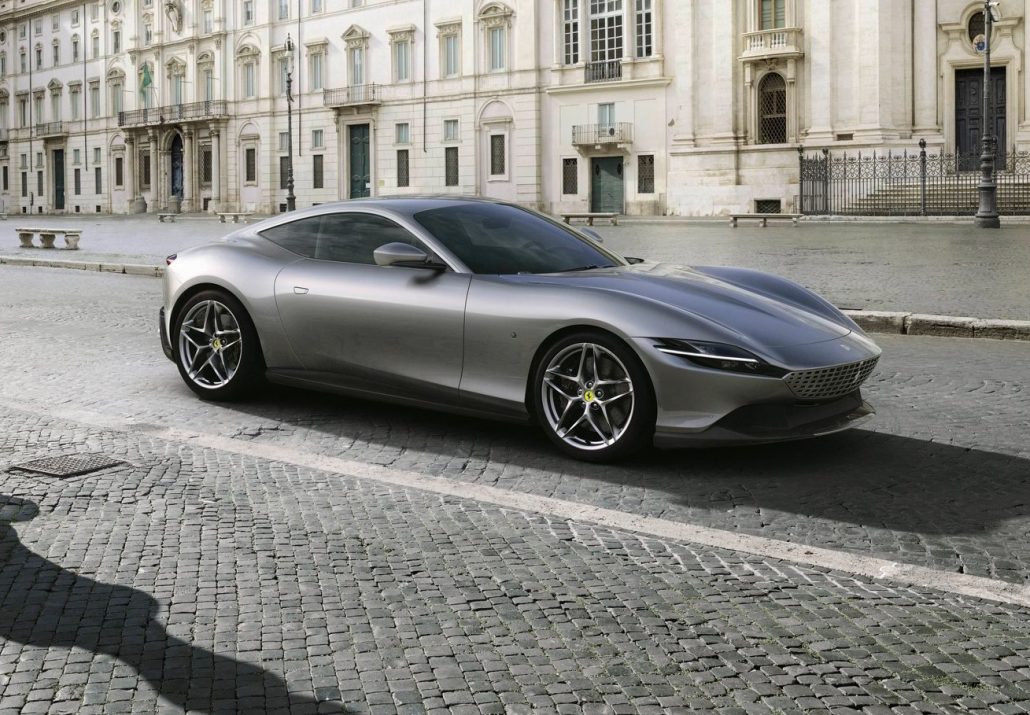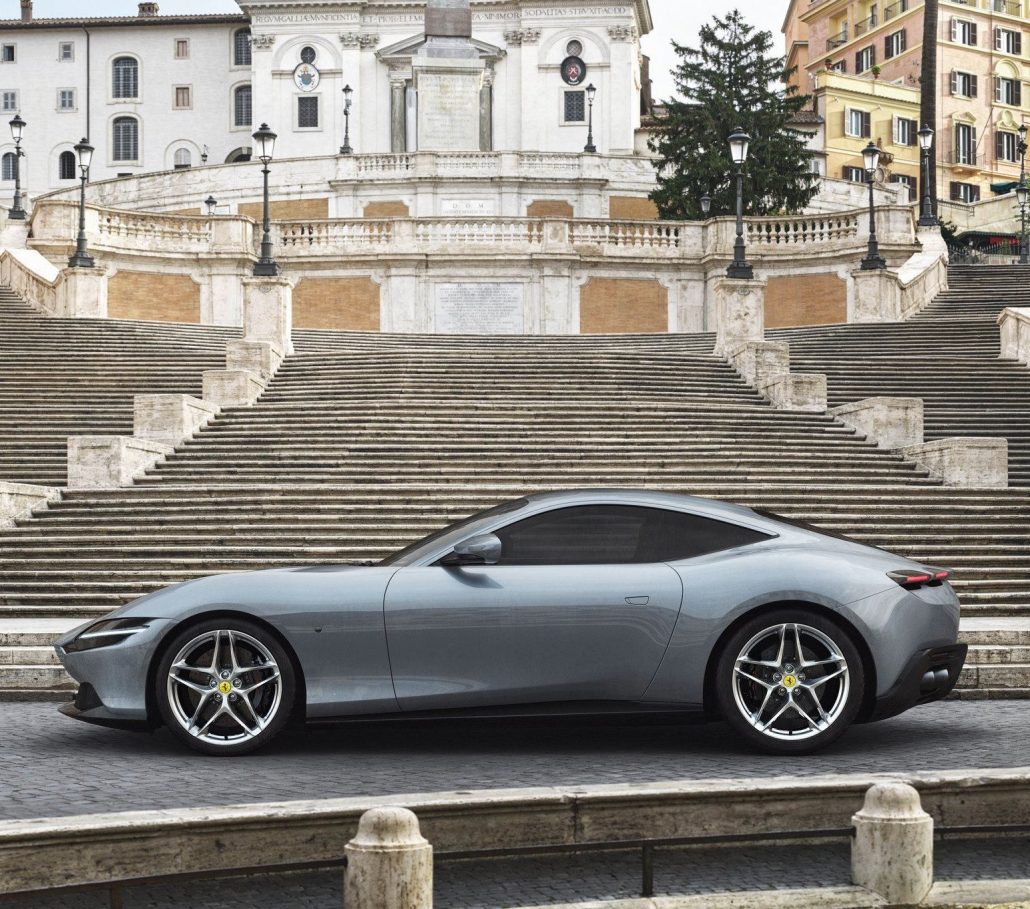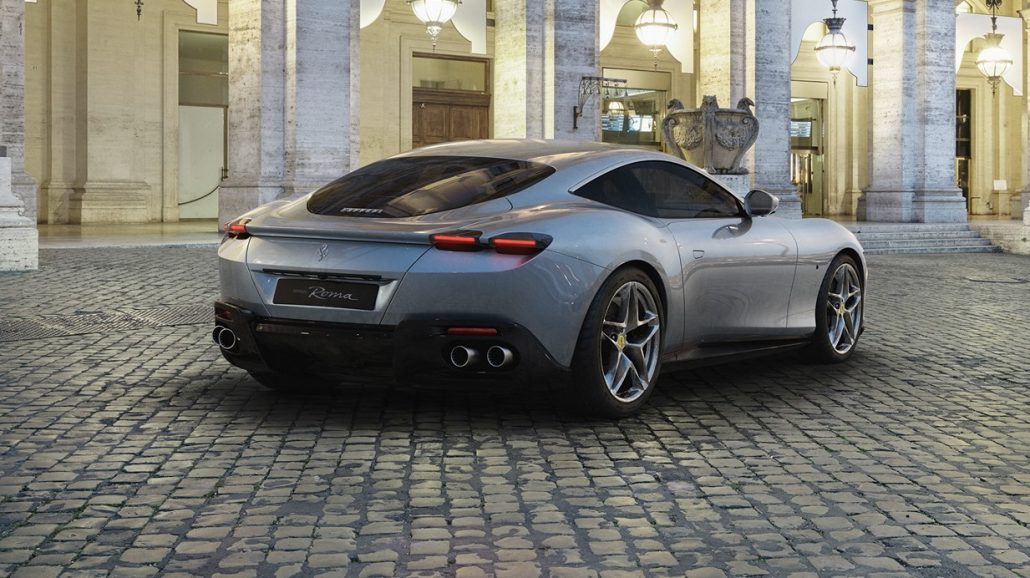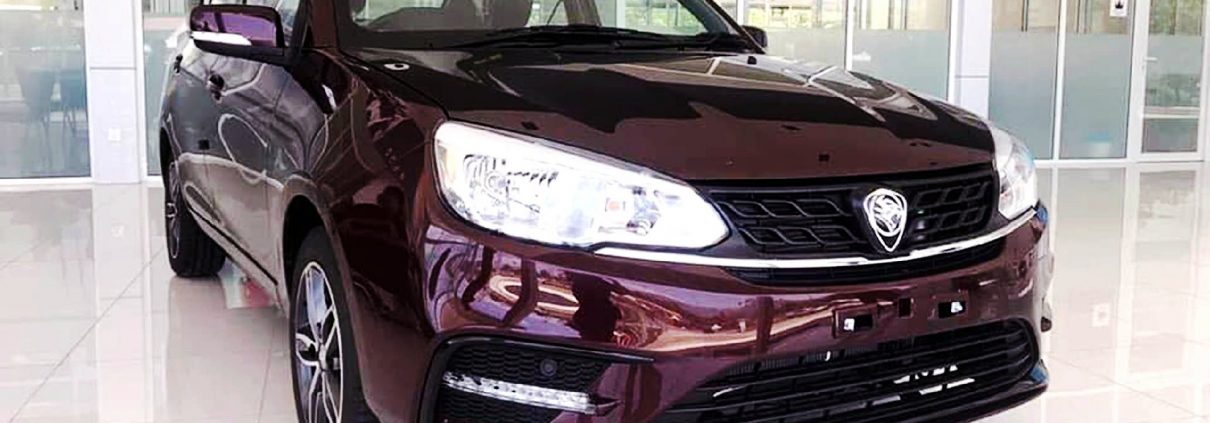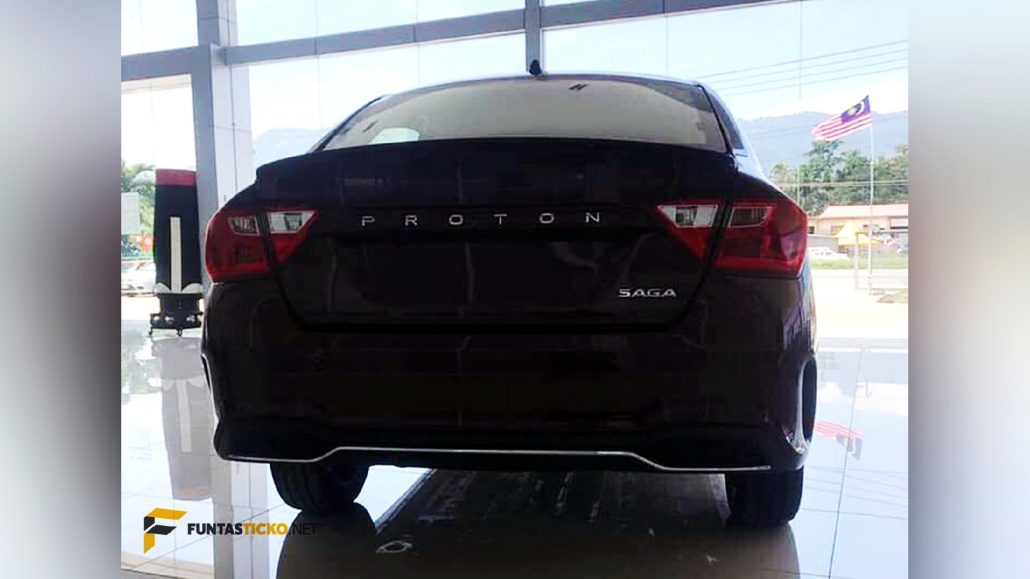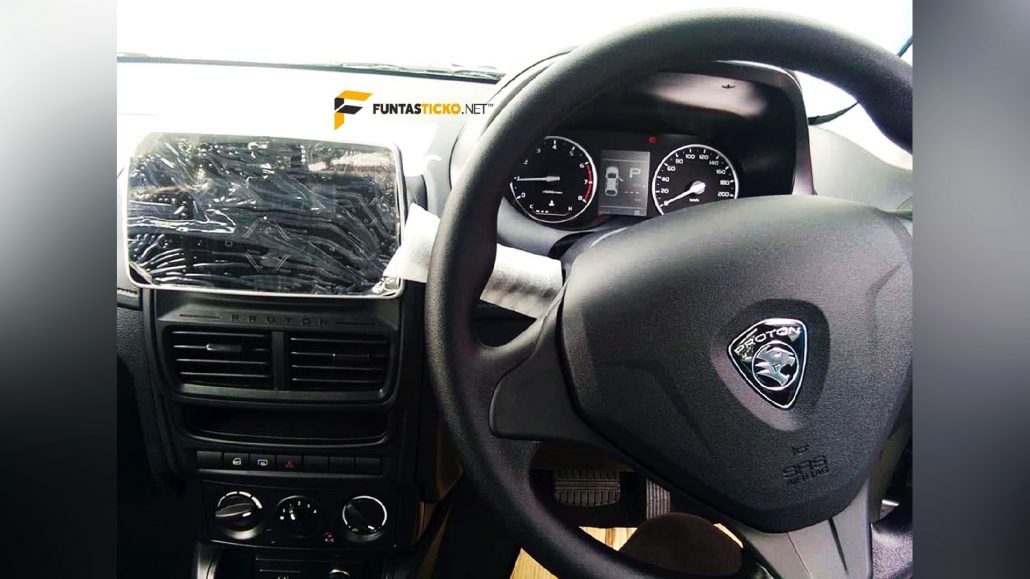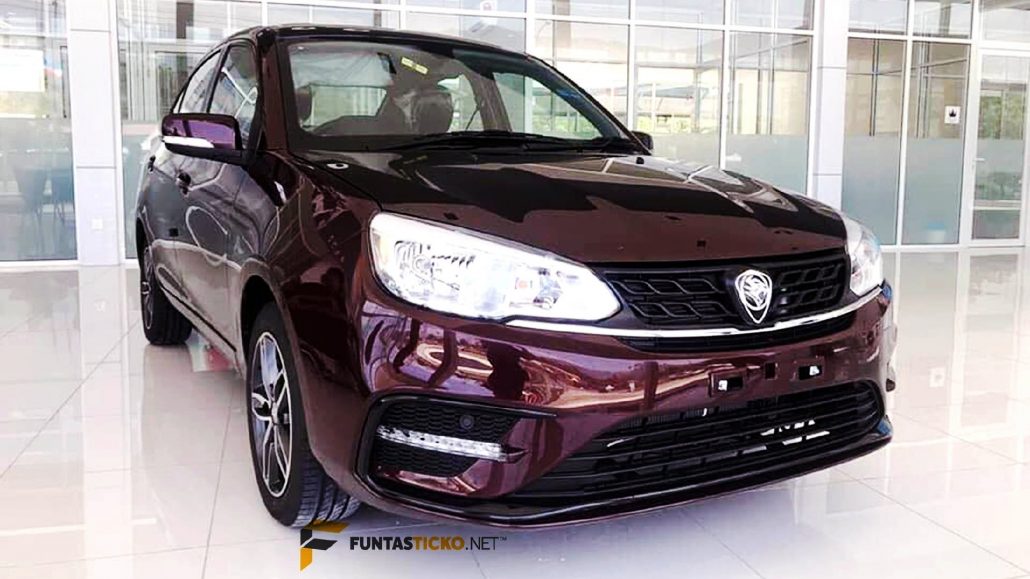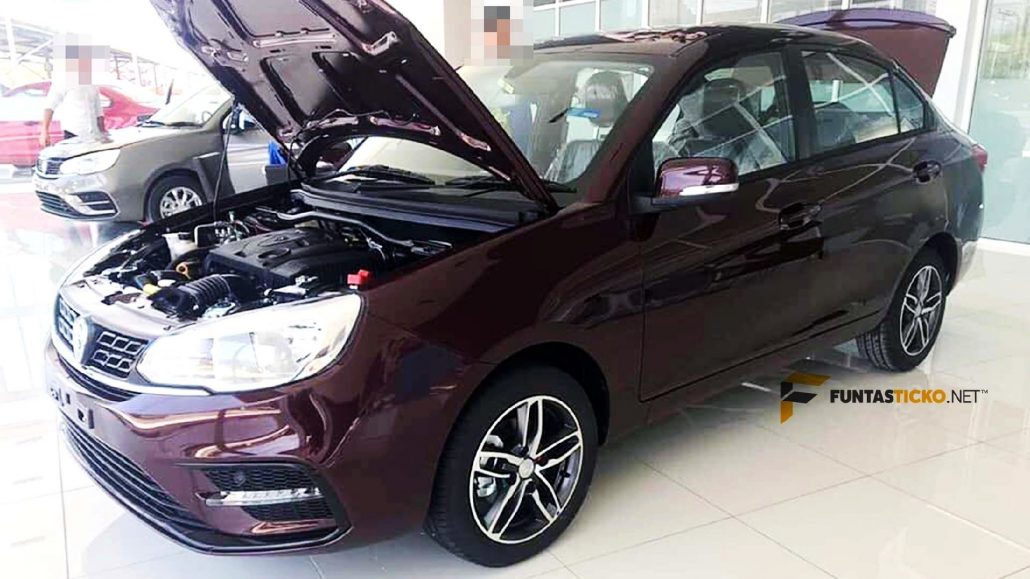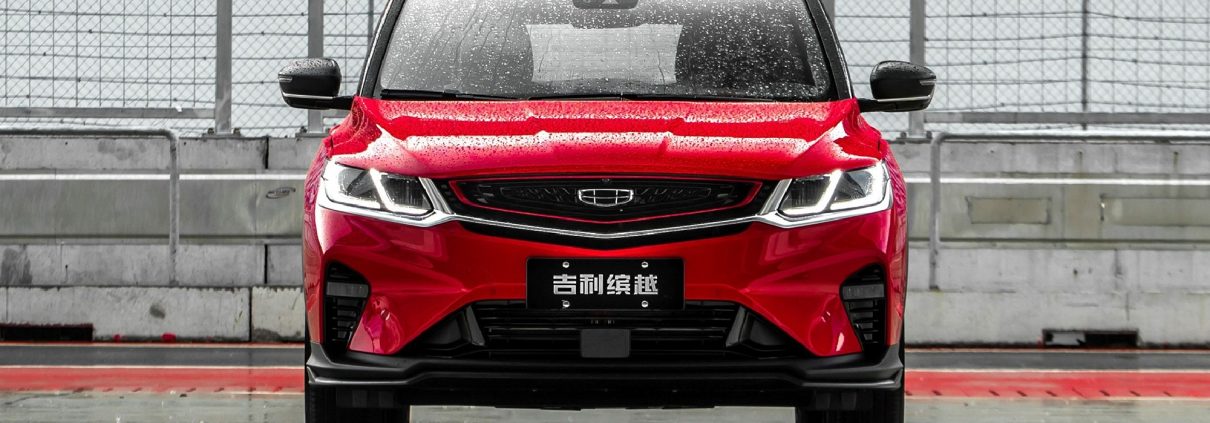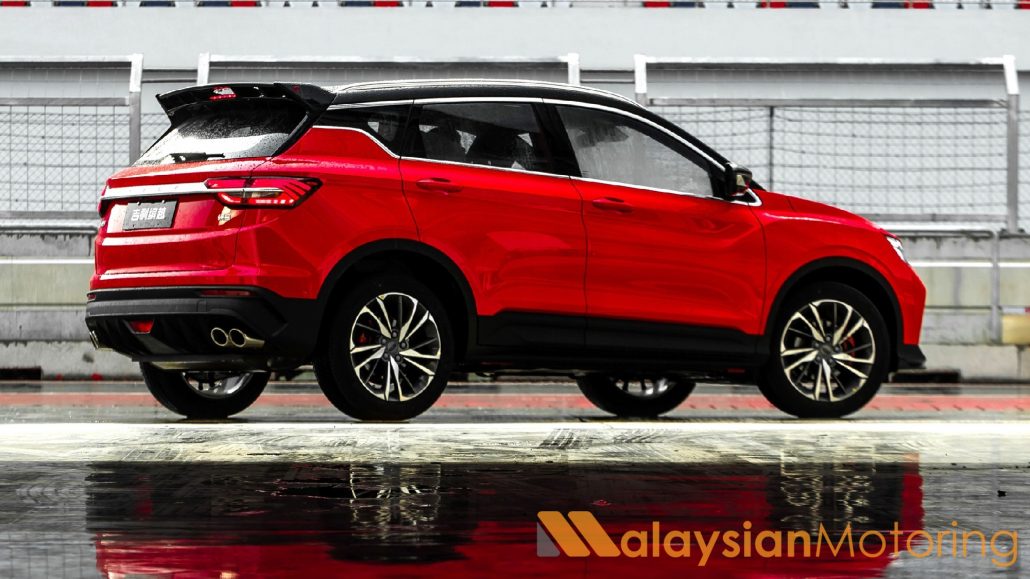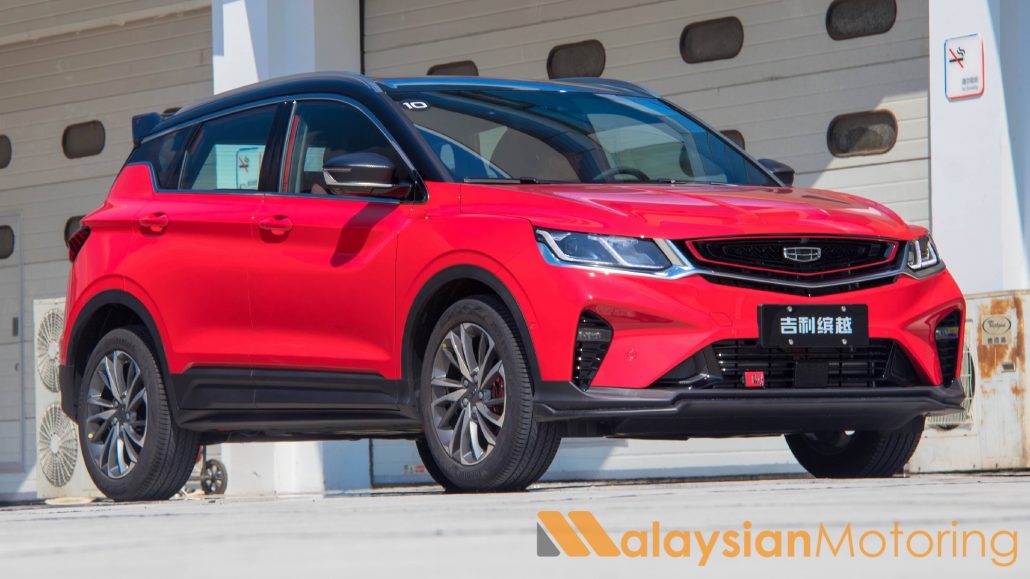2020 Honda Accord Launches – 2 Variants, 1.5L VTEC Turbo, RM186k-RM196k
At a small event in Kota Damansara, Honda Malaysia has pulled the wraps off the latest-generation Honda Accord, which was first shown to the world in North America some two years ago. With a sharper design that is more in keeping with current trends, a downsized turbocharged petrol mill, as well as more on-board gadgetry and niceties than ever before, the 10th-generation Honda Accord is most certainly defending the significance of D-segment saloons with great vigour.
First, the big change: Under the bonnet you will no longer find a naturally-aspirated mill of any kind here in Malaysia – instead there is just a 1.5-litre turbocharged VTEC powerplant, lifted wholesale out of the Honda CR-V, to produce 201PS and 260Nm. Notably, this is a higher state of tune compared to our neighbours in Thailand and Indonesia, who make do with less PS and fewer Nms. Power goes to the front wheels via a CVT automatic transmission; with this combination, we’ve little doubt that the ‘magical’ fuel economy figures that Honda owners have been reporting from this engine will continue to prevail.
Let’s talk about the objective stuff now. The 10th-generation Accord wears a new design language that is respondent to design trends & consumer demands of the day. As such it looks far more sophisticated than before, with its more upright face, more prominent headlights (which are full-LED by the way), sleeker roofline (looks a little like the Civic here), and LED taillights. The taillights themselves now adopt the same ‘crab claw’ design as the Civic, which means that forum posters & armchair critics will now have to add ‘Accord Ketam’ to their list of unique terminology.
The new look doesn’t compromise practicality though, thanks to intelligent design. The rear seats for example offer a 50mm increase in legroom over the outgoing model, and the boot is now 28L larger at 473-litres in total. Overall, the new Accord is now shorter and lower than before (length reduced 10mm to 4880mm, height down 15mm to 1450mm), but it is now wider (10mm up, 1860mm total) and sits on a much longer wheelbase (55mm gain to 2830mm).
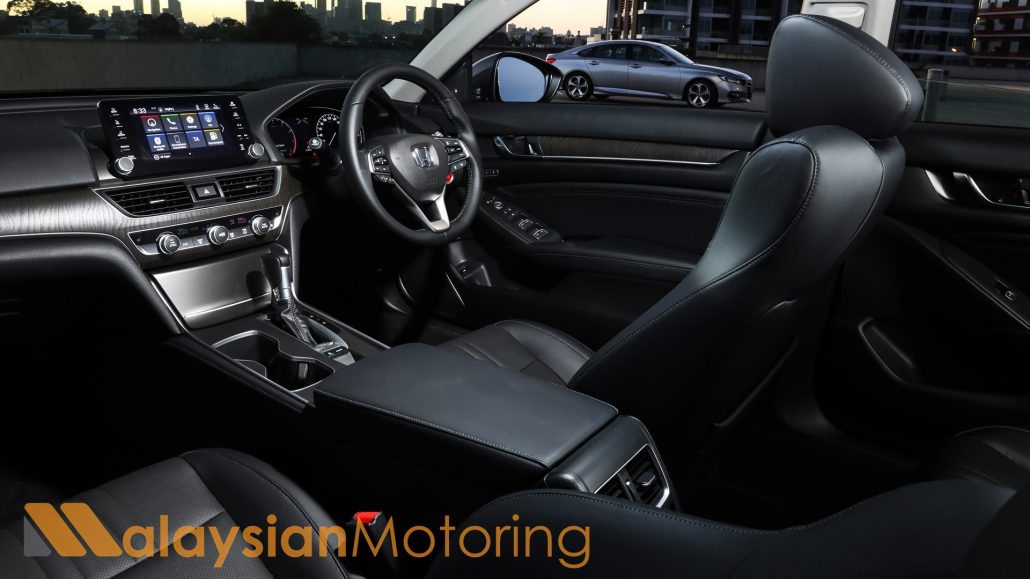
Another big change comes in the kit list for the range-topping TC-P model – the Accord comes with Honda’s full Sensing Suite rage of systems, which include things like Lane Keep Assist, Road Departure Mitigation, Collision Mitigation Braking System (or Autonomous Emergency Braking, AEB), Forward Collision Warning, as well as Adaptive Cruise Control which now includes Low Speed Follow. This of course comes in addition to the usual gamut of safety features like vehicle stability assist (VSA), traction control, ABS and brake assist. Also standard are 6 airbags.
Despite the new Honda Accord being fully-CKD at the Honda plant in Melaka, it is actually priced comparably to the fully-imported Toyota Camry, in terms of price. With the new Accord starting at RM185,560 for the 1.5TC and RM195,560 for the 1.5TC-P (with Sensing), it will have to duke it out toe-to-toe with the Toyota Camry and the Volkswagen Passat 2.0TSI Elegance. That said it does represent a significant jump over the outgoing car with its naturally-aspirated engines, though the money does go towards improved interior trim, upgraded engines, and up-to-the-minute safety technology.
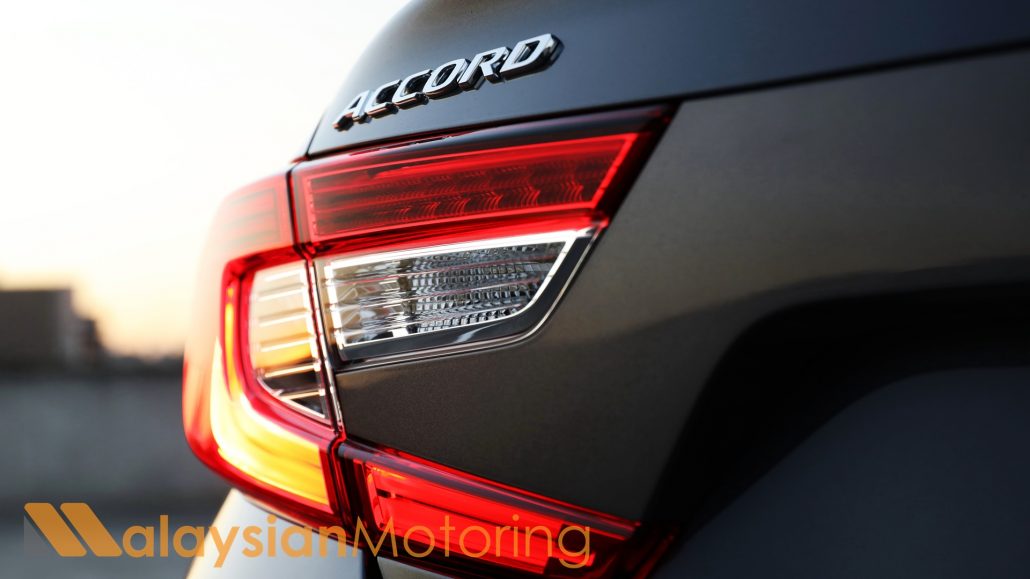
What do you think of the new 10th-generation Honda Accord? Is the Accord Ketam about to be how you fend off the advent of SUVs? Let us know in the comments below.


